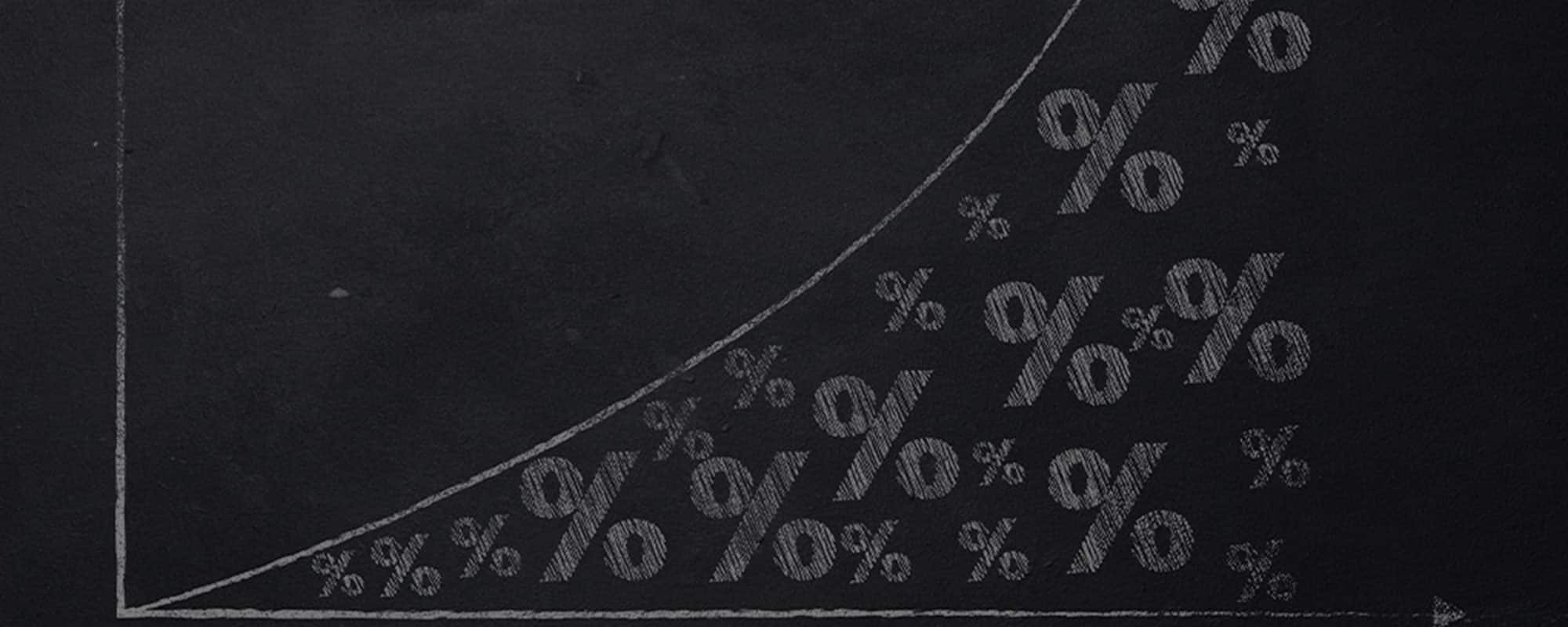“Yield curve inversion” has been in the news lately. You may be wondering exactly what this is, what it portends, and why it’s getting so much press.
What is a yield curve inversion?
If someone borrows money from you, the length of time until they pay you back should be a determinate of how much interest you charge. The longer it will take until you’re paid back, the higher interest you charge, because the risk you bear as the lender is greater. For example, a 30-year mortgage has a higher interest rate than a 15-year mortgage. That’s common sense, right?
But in bond markets, this yield-time relationship does not always hold true. There are rare times when long-maturity bonds sport interest rates that are lower than short-term interest rates—yields are then said to be inverted.
What does this mean for us as investors?
In simplified terms, when short-term rates are higher than long-term rates, the market is saying: “Good times are here … but bad times are coming.” Central banks typically raise interest rates to curb inflation as the economy strengthens but lower interest rates to stimulate business activity when the economy is struggling.
Consider the following: As we write this at the end of September, a 10-year Treasury note is yielding about 1.68%. Meanwhile, a 3-month Treasury bill (T-Bill) is yielding 1.88%. Assuming investors have a long-term time horizon, what would make them buy the lower-yielding, more volatile long-term bond, rather than just rolling over a series of three-month investments in higher-yielding, less volatile T-Bills?
Choosing the 10-year note makes sense if an investor thinks interest rates will fall enough over the next 10 years that locking in a 1.68% long-term return would produce at least as good a result as a series of short-term bonds. Typically, some kind of recessionary event would be necessary to cause short-term rates to decline. Indeed, an inverted yield curve has preceded the last seven U.S. recessions. This is why many investors are concerned.
It’s important to remember, however, that the yield curve reflects investors’ expectations for interest rates, inflation, and economic growth. Investors are human after all; there’s no guarantee that the market’s collective prediction will come to pass. A recession did not follow the yield curve inversion in 1966.
Why it could be different this time
Many commentators have offered up plausible reasons why a yield curve inversion may not be indicating an imminent recession today:
- Investors could be expecting further monetary stimulus from the Federal Reserve.
- Unprecedented past and ongoing global central bank bond-buying stimulus programs around the world, plus elevated investor demand, are driving down domestic long-term yields.
- Inflation expectations are in the low single digits, so investors may not be demanding as much compensation today for the risk of inflation as they have in the past. Rising inflation has typically preceded recessions.
- Monetary policy is much looser today compared to past periods when the yield curve inverted. Prior inversions have been accompanied by real federal funds rates that were in the 3%–4% range, whereas today they are closer to zero.
All these factors could be involved in keeping long-term yields low, while short-term rates remain higher after the Federal Reserve’s recent program of rate hikes.
—OJM Group Investment Team (10/1/19)



